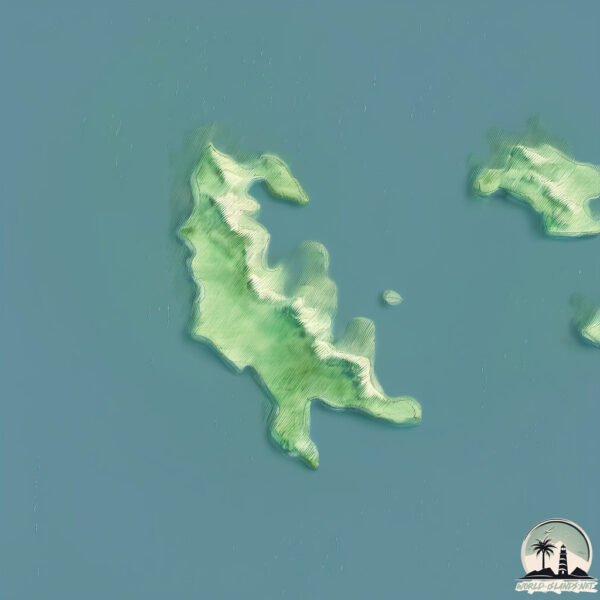Welcome to Konni-do , a Temperate island in the Yellow Sea, part of the majestic Pacific Ocean. This guide offers a comprehensive overview of what makes Konni-do unique – from its geography and climate to its population, infrastructure, and beyond. Dive into the details:
Geography and size of Konni-do
Size: 1.325 km²Coastline: 10.5 kmOcean: Pacific OceanSea: Yellow SeaContinent: Asia
Konni-do is a Small Island spanning 1.3 km² with a coastline of 10.5 km.
Archipel: –
Tectonic Plate: Eurasia – One of the world’s largest tectonic plates, the Eurasian Plate covers a significant portion of Europe and Asia. It’s characterized by diverse geological features, including the Ural Mountains, the European Plain, and the Himalayas formed from its collision with the Indian Plate.
The geographic heart of the island is pinpointed at these coordinates:
Climate and weather of Konni-do
Climate Zone: TemperateClimate Details: Humid Subtropical ClimateTemperature: Hot Summer
Climate Characteristics: With continuous rainfall and hot summers, this climate is common in some coastal regions, supporting diverse vegetation.
Topography and nature of Konni-do
Timezone: UTC+09:00Timezone places: Asia/TokyoMax. Elevation: 31 m Mean Elevation: 15 mVegetation: Evergreen Needleleaf ForestTree Coverage: 9%
The mean elevation is 15 m. The highest elevation on the island reaches approximately 31 meters above sea level. The island is characterized by Plains: Flat, low-lying lands characterized by a maximum elevation of up to 200 meters. On islands, plains are typically coastal lowlands or central flat areas.
Dominating Vegetation: Evergreen Needleleaf Forest
Vegetation: 3 vegetation zones – Moderately Diverse Island
Infrastructure and Travelling to Konni-do
Does the island have a public airport? no .
Does the island have a major port? no .
The mean population of Konni-do is 681 per km². Konni-do is Densely Populated. The island belongs to South Korea .
Continuing your journey, Wi-do is the next notable island, situated merely km away.
kill 5 konni soldiers in almazrah, kill 6 konni solders in vondel, kill 5 konni solders on ashika
kill 5 konni soldiers in almazrah, kill 6 konni solders in vandel, kill 5 konni solders on ashika.
kill 5 konni soldiers in almazrah, kill 6 konni solders in vondel, kill 5 konni solders on ashika
kill 5 konni soldiers in almazrah, kill 6 konni solders in vandel, ...
kill 5 konni soldiers in almazrah, kill 6 konni solders in vandel, kill 5 konni solders on ashika.
Two Real Mermaids washed up on the beach?!
is one still moving?? #realmermaid
Tramptraveller #Shorts#adavi kotta vanchi#keralatourisam#Konni#eco-tourism
Adavi Kottavanchi Journey - Adavi is a major tourist destination in ...
Adavi Kottavanchi Journey - Adavi is a major tourist destination in Konni, Kerala situated in the banks of Kallar river. Eco-tourism ...
South Korea is classified as Emerging region: MIKT: Mexico, Indonesia, South Korea, and Turkey – Economies recognized for their development potential and emerging market status. The level of income is High income: OECD.
News – Latest Updates and Headlines from Konni-do
Stay informed with the most recent news and important headlines from Konni-do. Here’s a roundup of the latest developments.
Loading...
Please note: The data used here has been primarily extracted from satellite readings. Deviations from exact values may occur, particularly regarding the height of elevations and population density. Land area and coastline measurements refer to average values at mean high tide.

